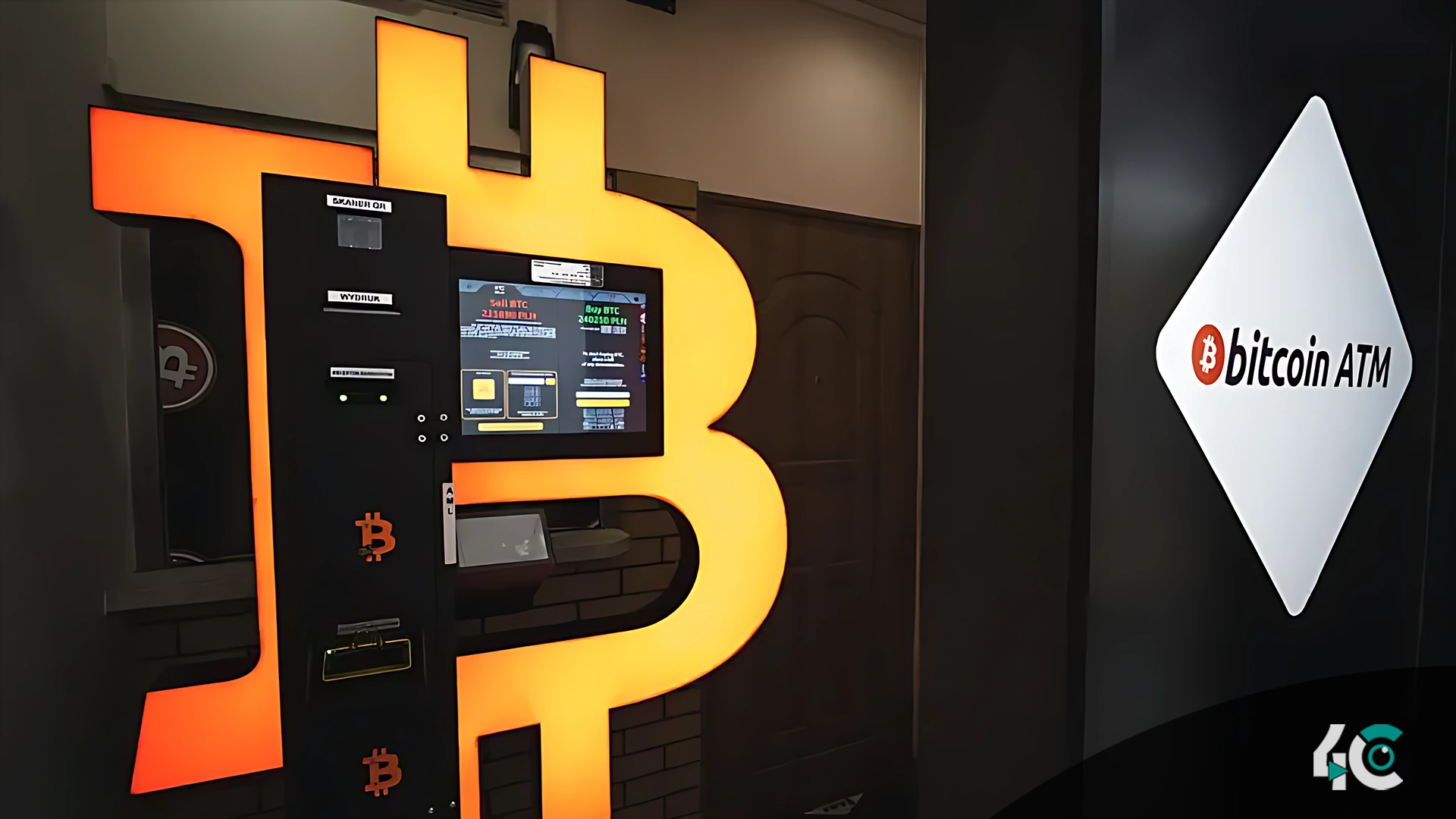The number of Crypto ATMs Disappear rapidly across the United States, with 1,233 machines going offline in early March. This sharp decline followed the introduction of the Crypto ATM Fraud Prevention Act by Illinois Senator Dick Durbin, aiming to curb fraudulent activities. The U.S. led the global downturn, contributing to a total worldwide reduction of 1,100 Bitcoin ATMs.
Users can purchase and sell digital currencies such as Bitcoin using cash, debit cards, or other payment methods at crypto ATMs. Unlike conventional ATMs, which are connected to banks, crypto ATMs are connected to cryptocurrency exchanges, allowing for direct transactions between digital assets and fiat assets. Nevertheless, their unregulated nature has prompted heightened scrutiny due to concerns regarding potential misuse in money laundering and fraud.
The United States, which is home to the world’s largest crypto ATM network, continues to operate 29,731 machines, which accounts for approximately 79.9% of the global total, despite the decline. Australia ranks third with 1,467 ATMs (3.9%), while Canada follows with 3,085 ATMs (8.3%). The recent losses have been partially mitigated by new installations in countries such as Spain, Poland, Australia, and Switzerland.
Regulatory Pressures Increase
The objective of Senator Durbin’s proposed legislation is to combat schemes by mandating that ATM operators implement fraud warnings, restrict the daily deposits of new users, and improve the capacity of law enforcement to monitor suspicious transactions.
The bill was introduced in response to an increasing number of reports of fraud, such as a case in which a fraudster deceived a victim into depositing $15,000 into a crypto ATM under false pretenses. The legislation aims to prevent similar incidents by establishing more stringent operational guidelines and mandating consumer protections.
The United Kingdom has issued its first-ever criminal sentence for the illegal operation of cryptocurrency ATMs.
The United States is currently undergoing regulatory reforms; however, the United Kingdom has initiated its initial significant legal action against illicit crypto ATMs. Olumide Osunkoya was recently sentenced to four years in prison by a British court for the operation of an unregistered network of crypto ATMs through his company, GidiPlus Ltd. Authorities raised concerns about money laundering when they discovered that his machines processed over $3.14 million in transactions without appropriate oversight.
I’m on the Senate floor announcing new legislation—my Crypto ATM Fraud Prevention Act—to help stop fraud at crypto ATMs. Watch. https://t.co/JZqjfYkhat
— Senator Dick Durbin (@SenatorDurbin) February 25, 2025
Osunkoya endeavored to circumvent detection by relocating the machinery under a different company name. Nevertheless, law enforcement ultimately halted his operations as part of a broader effort to combat illicit crypto ATMs in the United Kingdom. In 2023, the number of crypto ATMs in the country was reduced from 80 to zero as a result of the removal of 30 unauthorized machines by the authorities.
The prospect of crypto ATMs
There is an increasing global initiative to regulate cryptocurrency transactions and prevent illicit activities, as evidenced by the recent shutdowns and legal actions. Although these measures may present obstacles for the industry, they could also facilitate the development of a more transparent and secure crypto ATM ecosystem. While some operators may pursue compliance with more stringent regulations, others may investigate alternative solutions, such as bank-integrated crypto services or mobile payment platforms.
The future of crypto ATMs is uncertain as governments worldwide tighten control over digital transactions. Will the industry adjust to the new regulations, or will the network continue to contract as a result of additional restrictions? The changing regulatory landscape will undoubtedly influence the subsequent phase of cryptocurrency adoption and accessibility.






























